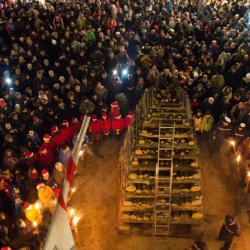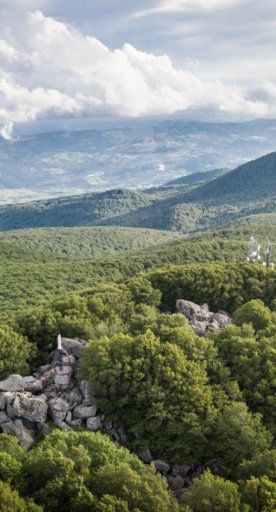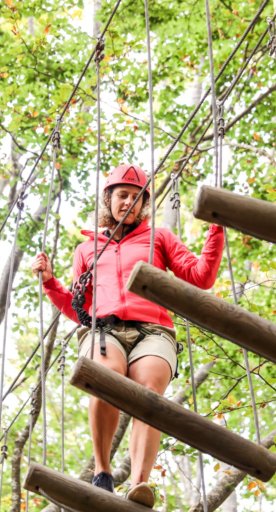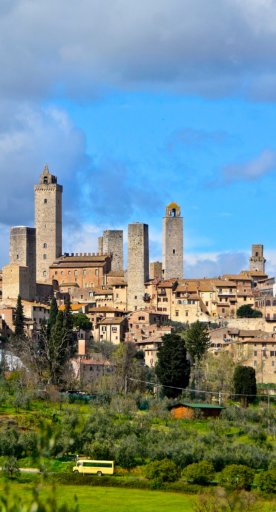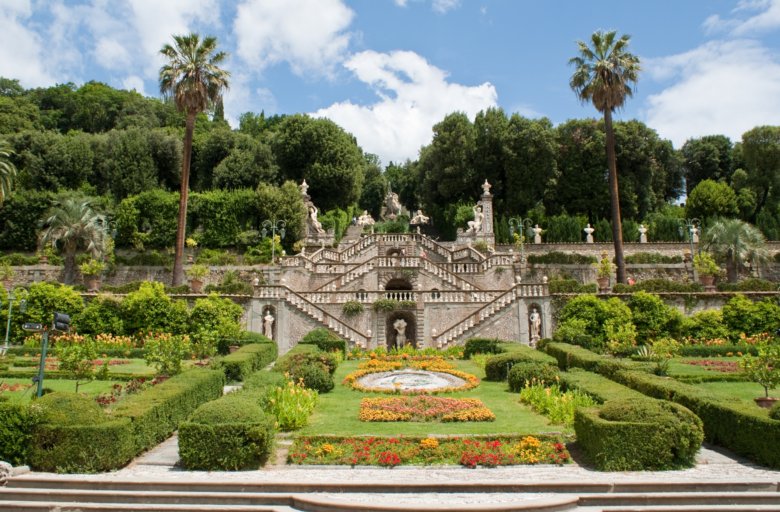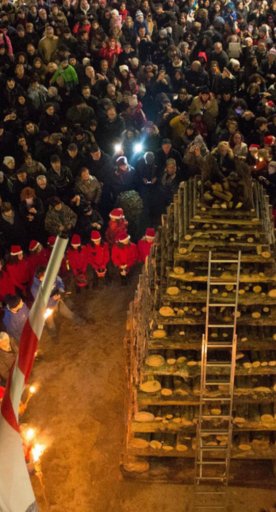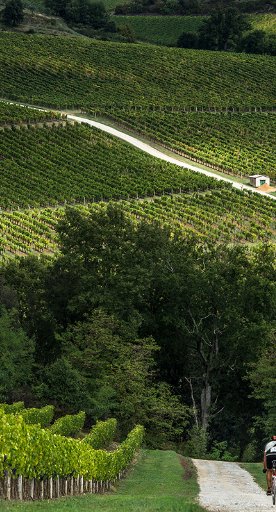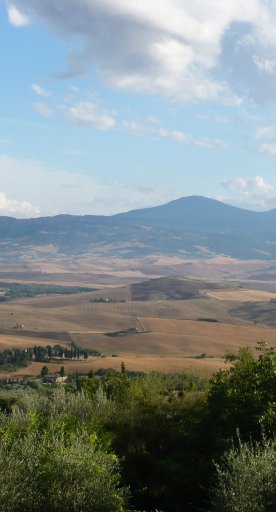

The 5 most beautiful castles around Monte Amiata
A trip back in time among the fortress hilltowns built by the Aldobrandeschi: discover their history and enchanting views over Monte Amiata
Knights and ladies in soft velvet clothes, announced by the roll of drums: imagination becomes reality in the land around Amiata, which takes you back in time. If you are lucky, you might take part in the medieval pageants at the immutable hilltowns of Abbadia San Salvatore or Santa Fiora: the Offerta dei Censi at the former and the Palio delle Sante Flora e Lucilla at the later. But if you are looking for an adventure in places with a perennial medieval flavour, with unspoiled nature on one side and ancient stones on the other, here is the itinerary for you. Discover the five most beautiful citadels around Amiata.
-
1.The tower of Aldobrandeschi fortress, Piancastagnaio
-
2.The Aldobrandeschi fortress of Arcidosso
-
3.Rocca Silvana, Castell'Azzara
-
4.Roccalbegna fortress and the castle of Triana
-
5.The Aldobrandeschi fortress of Semproniano
The tower of Aldobrandeschi fortress, Piancastagnaio

A majestic stone quadrilateral looms at the gateway to Piancastagnaio's historic centre, dominating the slopes of Monte Amiata. Two towers rise from the high walls: one, the taller and bigger, once functioned as a barracks, while the other was designed as a guardtower. Gazing up at the fortress, you can feel its power and magnificence radiating through the whole village.
The Aldobrandeschi fortress of Arcidosso

The fortress of Arcidosso is one of the oldest, best-preserved medieval castles in the Amiata area. An artistic-archaeological trail takes visitors right inside the fortress and presents them with a stunning panorama over Amiata, barely changed since the medieval period. You will learn about Ugo, Margrave of Tuscany; the Aldobrandeschi counts, who started work on the castle around 860 CE on the existing Lombard foundations; and Guido Riccio da Fogliano, who conquered Arcidosso on behalf of the Republic of Siena.
Rocca Silvana, Castell'Azzara

Nestled in thick vegetation, Rocca Silvana di Castell'Azzara, known also as Rocca Selvana or Roccaccia Selvena, is today little more than a haunting ruin, but in the Middle Ages it was one of the Aldobrandeschi's great fortresses.
Because of its position, not only looming over the valley of the River Fiora but also lying near mercury deposits, the fortress found itself besieged on all sides, by all comers, from the eleventh century onwards. Even if the castle cannot be visited today, it is a short walk up to its walls. The charm of the greenery and the castle walls, once they have hoved into view, cannot be missed.
Roccalbegna fortress and the castle of Triana

Known commonly as "il Sasso" (the rock), the Aldobrandeschi fort of Roccalbegna is a stronghold on the peak of a cliff which towers over the village below, having watched over its inhabitants for centuries. Built in the Middle Ages, it was used by the Aldobrandeschi family as both a watchtower and a guardtower, and to this end they made sure that it was indestructible. A few kilometres away, another castle stands in the hamlet of Triana: it dates back to the fourteenth century and fell into the hands of the Sienese family of the Piccolomini, who then transformed it into an aristocratic country villa.
The Aldobrandeschi fortress of Semproniano

The Aldobrandeschi started to build here on this property about halfway through the ninth century, with the aim of boosting Semproniano's defences. Today only a few ruins and part of the castle walls, which stood just outside of the town, remain intact; but what does remain intact is the place's charm, thanks to the special surroundings of cypresses and other greenery.

